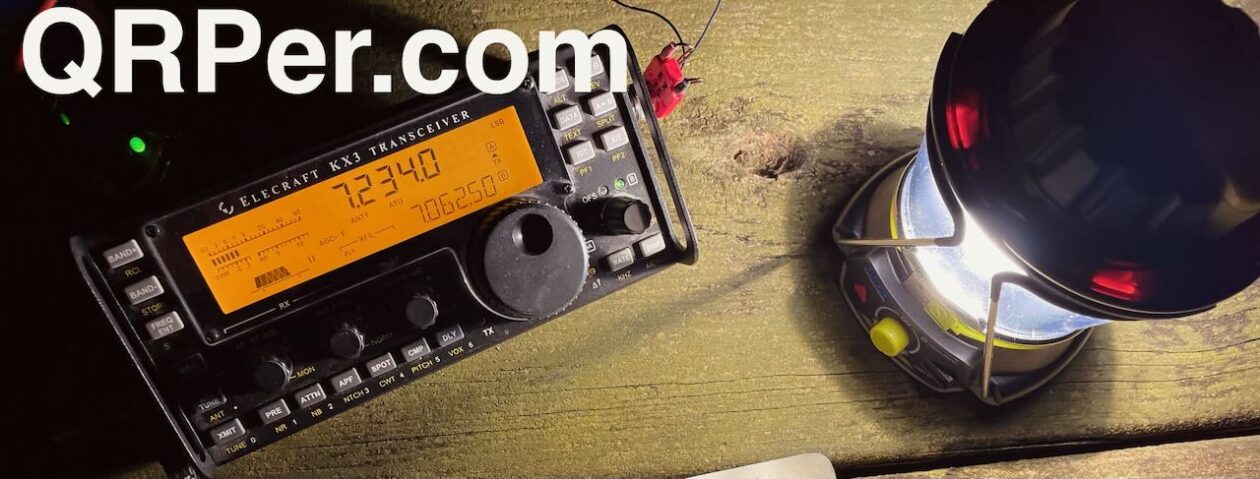 Many thanks to Mike (KE8PTX) who shares the following:
Many thanks to Mike (KE8PTX) who shares the following:
The search for the best portable speaker for ham radio.
Welcome to the end of my exhausting search for what maybe the best speaker for portable ham radio.
My list of requirements was short: it had to be small, amplified, and have an internal battery.
But most importantly, it had to have a AUX input.
The last requirement shortened the list very quickly. Most speakers today that have any quality of build are lacking in the old fashion AUX connection.
I tried a minimum of six speaker and even tried making one of my own. Rich sound quality was not most important factor to me. Let’s face it: we are not listening to the Beatles.
Now we are going to focus in the two that made the cut. On the bigger side was the JBL Charge 4. Rugged? Yes. Battery life? Great. Size and weight? OK. Take it from the car to the picnic table ok? Yes. Throwing in the pack for a SOTA or a long hike? Not the best choice.
Now to my #1 choice…

- Size is 67mm tall and 67mm dia.
- Weight is 7.2oz
- Case is made of aluminum all-around including the speaker grill.
- External features are:
- power switch,
- USB charging port,
- micro SD card slot,
- and the must-have AUX port for connecting to my KX3.
- It also has external rubberized volume control.
- For those that may need bluetooth it has that also.
 All in all, it is super rugged unit with great battery life and small for my QRP go kit. The only thing that comes in the box is the speaker and usb charging cord.
All in all, it is super rugged unit with great battery life and small for my QRP go kit. The only thing that comes in the box is the speaker and usb charging cord.
I hope my findings help others in search of a portable speaker.
73
KE8PTX
Check out the Anker Soundcore on Amazon ($24.99) affiliate link
Thank you for sharing this, Mike. I’m often asked about the portable speaker I use in the field. It’s a Sony SRS-XB12, but the only good source of them is eBay because they’ve been discontinued for so long.
This Anker speaker seems to be the same size and sport the same features of the Sony, at a slightly lower cost. I’ve also had very good luck with Anker products in the past (I’ve had some of their ear buds and several of their battery banks). In fact, I’ve just ordered this speaker because the battery life is also much better than that of my Sony speakers. I’ll plan to take this to the field and include it in my activation videos–I’ve give the Sony speakers to my daughters.
Thanks for sharing, Mike!




















